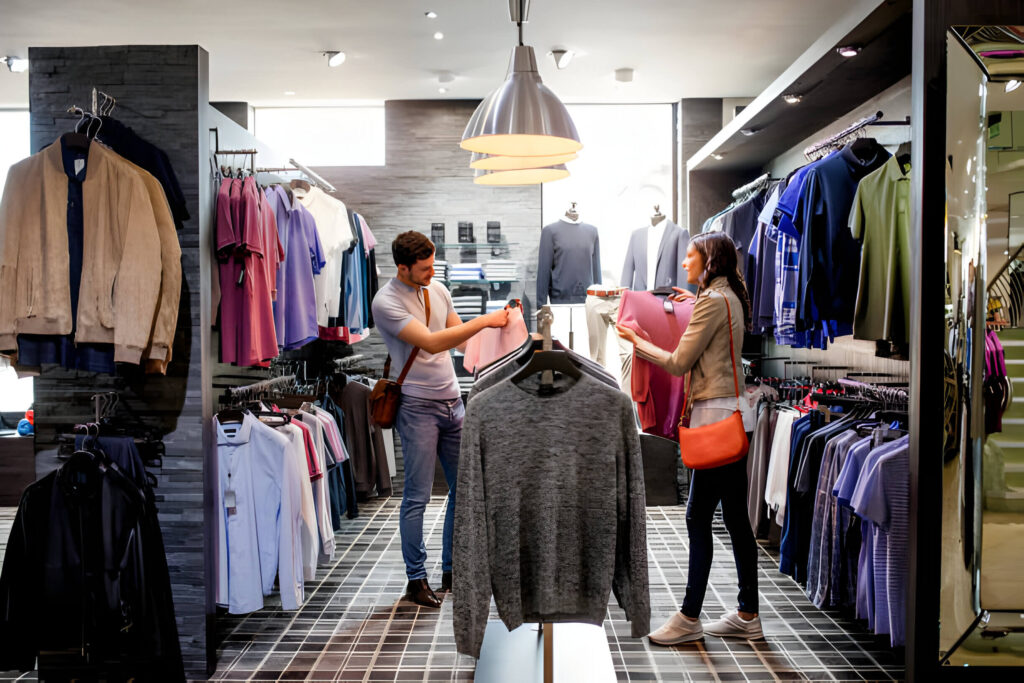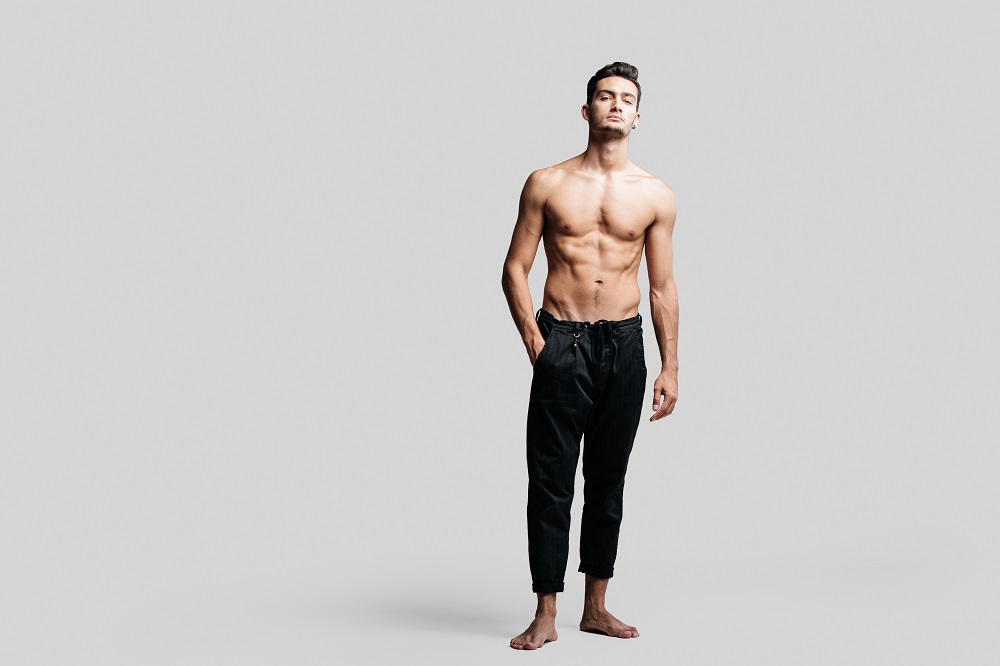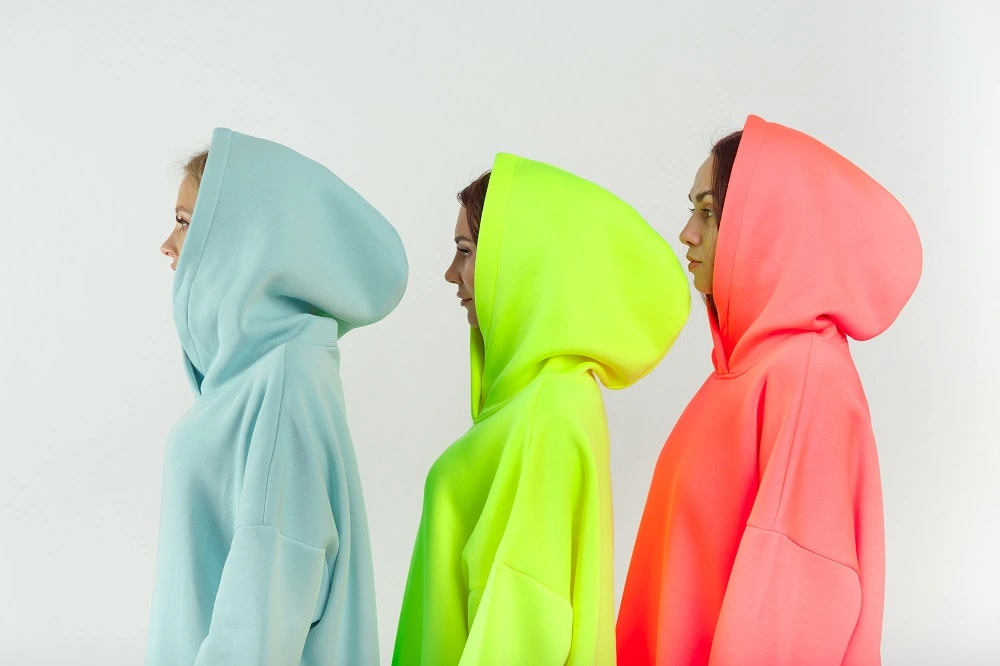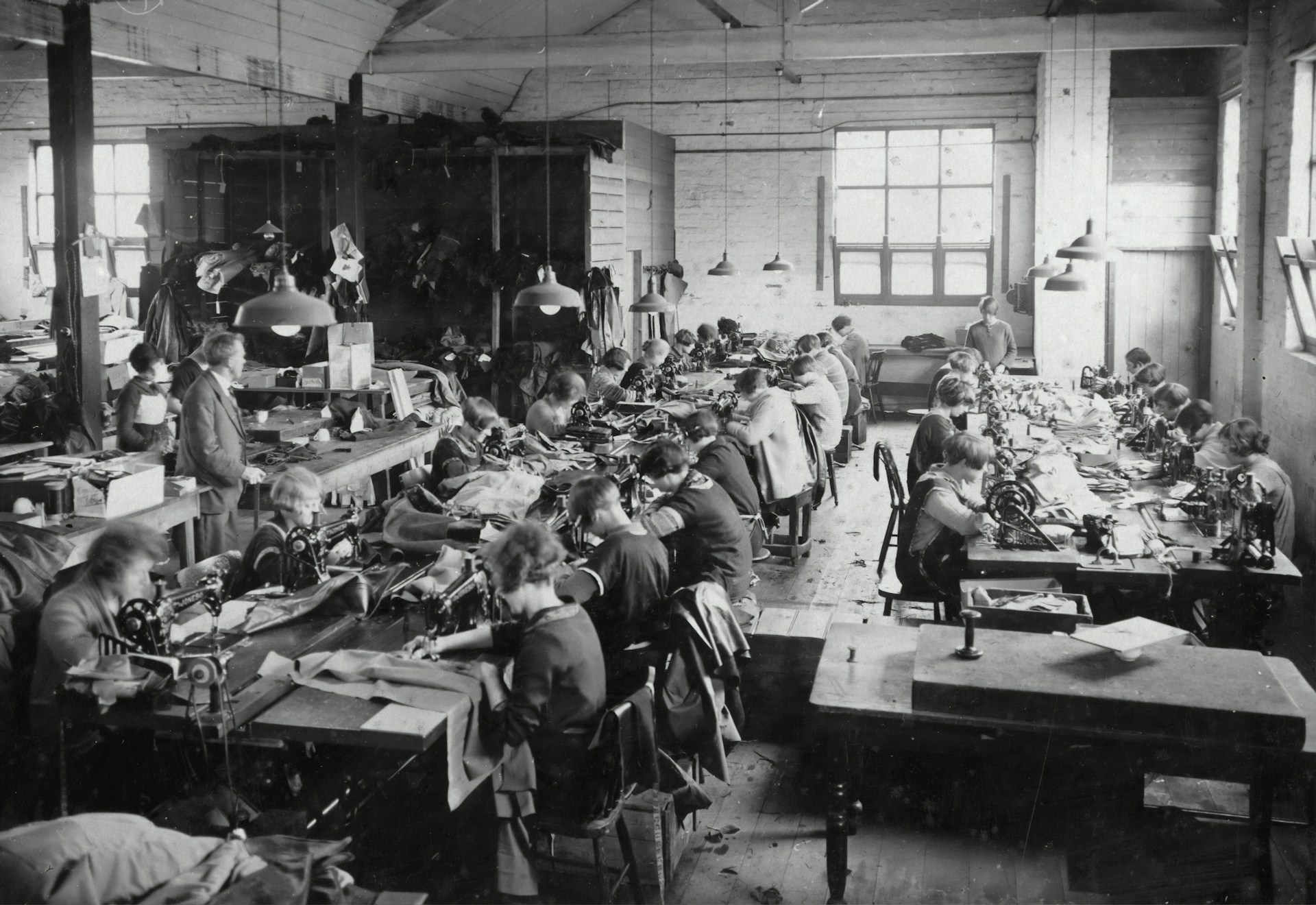Have you ever dreamt of launching your clothing line? But the big question stopping you is how much does it cost to start a clothing line? Fear not, we’re here to simplify it for you! In this article, we will reveal the primary expenses associated with turning your fashion vision into reality. We will assist you with all aspects of estimating your startup costs, from design and materials to production and marketing. Prepare yourself and get ready to delve into the thrilling world of starting a clothing line!
The Costing Elements Of Clothing Line
Planning and Research
Before launching your clothing brand, it is crucial to conduct extensive market research to analyze the startup cost to start a clothing line. This includes comprehending the identities of your prospective clients. What is their desired outcome? What are the current fashion needs that have not yet been fulfilled?
Finding your niche is crucial. It offers an understanding of your target market, marketing tactics, pricing, packaging, and additional aspects. Establishing a niche can also boost your credibility within your industry and lead to increased revenue and business expansion.
A business plan for a clothing line serves as your guide. It describes your brand’s vision, strategies, and how you plan to achieve success. Consider it like a navigational system for fashion. Additionally, a well-defined business model serves as the basic plan for your clothing brand. It demonstrates the distinctive items you offer and your strategy for generating income. It is important to grasp these elements when thinking about the cost to start a clothing line.
Pre-Launch Expenses
Launching a clothing brand necessitates an early financial investment. It is essential to adhere to legal obligations like registering your business and trademark to safeguard your clothing line’s identity which may impact clothing expenses. You will also need to allocate funds for market research, product development, and installation costs.
Don’t undervalue the significance of creating an online presence with websites and social media. These channels are crucial for spreading awareness of your brand and can play a significant role in your overall clothing cost analysis. Additional information about these platforms is given in the marketing section.
Design and Production Costs
During this stage, your imaginative idea comes face to face with actuality. The costs of designing and developing can differ significantly based on the intricacy of your fashion design. Do you prefer cutting-edge designs or casual clothes for every day? The decisions you make in this place will impact your budget.
Acquiring materials and fabrics is also a significant expense. Good quality fabrics are usually pricier, but essential for maintaining the longevity and appearance of your dress. It is essential to invest in prototypes and clothing sample makers as they serve as a fashion rehearsal for your fashion show, guaranteeing the quality of your products.
Manufacturing Costs
Production costs can differ greatly based on factors like location and amount of production. It is a key decision to make between manufacturing locally or abroad, and it can greatly impact your expenses. When thinking about the cost to make a clothing line, it is important to communicate well with manufacturers to minimize costs and meet production deadlines effectively. Having this knowledge is crucial when creating a budget and production plan for your clothing line.
When looking for clothing manufacturers, it is important to think about factors such as where they are located, what they can produce, and if they are willing to work with businesses of your size. Carry out extensive research and maintain transparent communication to secure the ideal manufacturing partner that meets the requirements and budget of your clothing line.
Marketing and Promotion Expenses
Fashion goes beyond garments; it is narrative. It is crucial to establish your brand through marketing and promotional activities. Techniques such as social media, working with influencers, and hosting fashion events are successful but come with expenses. This is important to remember when thinking about the expenses of launching a clothing brand. Understanding the costs associated with marketing and promotions is crucial since they make up a substantial portion of the total expenses required to launch your fashion brand successfully.
Website
Launching a website is essential for effectively selling products online and increasing brand recognition. By providing various online payment options and selling clothes through your website, you can reach a large online customer base and increase sales.
You can make a website that includes product photos, prices, and reviews to help customers make buying choices. To enhance user experience, consider hiring a website developer or agency to create an appealing website.
Social Media Marketing
Engaging with social media and utilizing advertising is an effective marketing strategy to connect with your desired viewers and expand your brand. You can begin with small improvements to boost the engagement and visibility of your social media accounts. Promoting your social media accounts and posts can quickly boost your online presence and help you build a large online following.
Search Engine Marketing (SEM)
With the increase in online shopping, it is important to have a high ranking on search engine results pages to attract more visitors. Search engine marketing involves paying for advertising on Google or other search engines when an individual looks for a specific keyword.
Investing in Google Ads can enhance product sales and transform your start-up into a successful business. Your budget enables you to place a bid on a particular relevant keyword to drive potential customers to your company website from the Google search results page.
Hiring a digital marketing firm with expertise is the most effective method to promote your company online. An agency can provide complete online marketing security, such as website development, social media marketing, online ad generation, content creation, and more. Employ a firm to manage all aspects of your online marketing plan. You might also qualify for extra discounts and benefits.
Distribution and Sales Costs
There are expenses associated with launching a clothing line, regardless of whether you are starting a brick-and-mortar store or an e-commerce site. It is essential to take into account and allocate funds for inventory management, shipping, and packaging. Another option is to consider distribution and sales collaborations as a way to reduce operational expenses.
Operational Costs
Once the initial excitement fades, ongoing monthly expenses for clothing business become crucial, particularly when determining the budget for launching a clothing brand. This includes rent, utilities, and employee salaries. Having detailed financial records and using proper financial management practices are crucial for the clothing line’s long-term viability.
The Cost To Create a Clothing Line (In Numbers)
The expense of starting a clothing brand can vary. The price will be influenced by your production, launch, and delivery expenses. Furthermore, the scale of your fashion business is important. The initial expenses of a small clothing brand cannot be equated to those of a bigger one.
Several factors influence the cost to start a clothing line. Location is one of the key factors. Certain places inherently possess lower expenses for production. One example is that Africa will have lower production costs compared to the United States. Another crucial factor to think about is the cost of the fabric. Your expenses will reduce as you secure more favorable deals. Nonetheless, utilizing the numbers provided, you can formulate plans.
Small-Sized Clothing Line
Information about the initial investment needed to start a clothing brand is vital, with a small apparel line typically costing between $1000 and $2000. This amount will pay for your costs associated with producing and launching on a small scale. Fabrics, accessories, and sewing machines are essential for creating your designs through sewing.
If the work was outsourced, you would be responsible for covering the costs of hiring employees. Using this budget, your main source of promotion will be through free and organic methods, and you might need to request customers to cover the delivery costs for their purchases. It is crucial for individuals interested in launching a small clothing brand to comprehend the initial budget requirements.
Medium-Sized Clothing Line
Starting a fashion company on a medium scale will result in a larger collection for you. Moreover, you have the option to utilize additional paid marketing platforms such as social media ads and influencer marketing. You would have to recruit additional employees for your clothing line as managing production and shipping alone is not feasible. A medium clothing brand requires an initial investment ranging from $2000 to $5000.
Large-Sized Clothing Line
Prices for a big-sized clothing brand vary between $25000 and $50000. In this case, a significant amount of resources are allocated to production, launching, and marketing. You must be extremely careful to prevent mishandling your finances. Your budget should be well thought out and practical to effectively manage your finances, no matter how big your company is. You may also require the services of an experienced manager to oversee your team’s performance and resources.
Capital size growth leads to higher profits. Although having a larger sum of money provides your company with more influence, the key is how innovative you can be with your current resources. You don’t need to begin on a large scale to draw in a substantial, paying crowd. Smaller companies now have a platform to be heard and have decreased their marketing costs due to digital media.
Optimizing Operating Expenses in Your Clothing Line Business
Negotiate Favorable Lease Terms
If you are obtaining a retail or office area, make sure to negotiate a lease that is appropriate for your business. Think about opting for a shorter lease term or incorporating rent flexibility provisions to expand your business.
Energy Efficiency
Put in place energy-efficient measures to lower utility expenses. Basic actions such as using energy-saving light bulbs and insulating your factory can lead to significant savings of cost to start a fashion line over time.
Staffing Efficiency
Effectively oversee your staff to decrease expenses related to labor. Give employees training so they can handle multiple tasks, which will decrease the need to bring in additional hires. Utilize adaptable scheduling to align staff levels with high-demand operating times.
Inventory Control
Establish a reliable inventory control system to decrease expenses related to storing goods. Prevent cramming with outdated items and regularly inspect your inventory for slow-selling items.
Technology Integration
Utilize technology to simplify tasks and decrease the need for manual work. Utilize POS systems, inventory software, and automated accounting tools to enhance efficiency.
Bulk Purchasing
Think about purchasing in large quantities to reduce expenses when placing orders for supplies or materials. Purchasing large quantities can frequently result in savings or lower costs per item.
Outsourcing
Consider contracting out specific duties, like accounting or customer service, rather than bringing on permanent staff. This may be a budget-friendly option, particularly for small companies.
Flexible Suppliers
Develop strong connections with suppliers and haggle for advantageous payment conditions. Having the option to adjust your payment dates can lead to savings and lower finance expenses.
Contingency Budget
Creating a contingency budget to shield against unforeseen financial hurdles. Allocate 10-20% of your overall budget for a contingency fund. This financial option can assist your clothing brand in handling unforeseen costs and sustaining a robust business.
How Much Does a Clothing Line Make a Week?

The average weekly earnings for a clothing line typically fall around $51.3K. Therefore, it is possible to observe monthly earnings totalling $205,000. To determine if your clothing line meets the weekly profit goal, you must monitor the daily total earnings. Next, you should think about deducting your daily expenses. Determining your weekly earnings can also help indicate if you are achieving your desired objective for your clothing brand.
Clothing Line Profit Margins
In general, a clothing brand can anticipate a profit margin of approximately 40%. Profit margins are the portion of revenue left over after subtracting all operational expenses related to managing a business. For a clothing brand, the profit margins may differ based on factors like the kinds of products offered, their quality, store size, and local competition levels.
Yet, these numbers may fluctuate based on the pricing approach, stock control, and overall operational effectiveness of the company. To ensure good profit margins, owners of clothing lines must prioritize cost management, negotiate advantageous terms with suppliers, and offer top-notch products and services to both attract and keep customers. In this way, owners of clothing lines can guarantee the long-term sustainability and profitability of their business.
Ways to Secure Funding for Your Clothing Line Startup
When you know how much does it cost to start a clothing brand, you need substantial amount of funding too. Fashion and clothing are centered around accepting and expressing one’s individuality. It is a one-of-a-kind form of art that motivates transformation and uplifts those who engage with it.
The fashion industry offers a stage for creativity and narratives, showcasing both high-end designer items and everyday styles that bring enthusiasm. Numerous up-and-coming fashion entrepreneurs are motivated by their original ideas but encounter challenges in obtaining the necessary funds to turn their vision into reality.
Similar to all other businesses, fashion startups need financial backing to thrive. Here are 5 strategies to assist you in securing the necessary funds for your fashion brand, allowing your creativity to flourish in the competitive market.
Crowdfunding Networks
Crowdfunding is a digital way to obtain funding for new businesses, with reward-based, equity, and debt crowdfunding being the main categories. Reward crowdfunding gives donors rewards, equity lets them exchange funds for ownership in a fashion startup, and debt allows for repayment with interest.
Take into account the pros and cons of each choice to decide on the option that aligns with your fashion startup and business objectives the most. Listing your fashion startup, even if funding goals are not met, can still help attract attention and increase awareness for future growth. Gain access to funding, advice, and a community of fellow fashion professionals and investors with specialized programs to enhance success in the field.
Businesses and Universities
Fashion startups that already have investors can offer suggestions for funding options and networking opportunities. Universities that have well-known fashion programs provide a connection to accomplished graduates and professors who may be good investment opportunities. These relationships may result in financial chances for new fashion businesses. Connecting with professors and experts in the field through these programs could enhance the likelihood of securing financial backing for your brand.
Fashion Events and Gatherings
Fashion startup companies have the opportunity to enhance their brand recognition by participating in monthly industry events like awards ceremonies, trade shows, and fashion conferences. Registering your company from home has become simple with the increasing popularity of virtual conventions. This enables you to stay informed about trends and competitors, gain insights from industry professionals, and possibly network with investors through interactions with other up-and-coming fashion labels.
Social Media Platforms
To thrive in the digital fashion industry, make use of social media platforms such as Facebook, Instagram, Twitter, and LinkedIn to garner attention from investors and market your fashion startup. Frequently share your brand narrative to captivate viewers. Use LinkedIn to connect with professionals and send introductory messages to potential investors.
Keep your social media profiles polished and updated to create a positive impression and differentiate yourself. Connect and follow other fashion companies and entrepreneurs for networking chances. Having an online presence is essential for the success of your fashion startup in the ever-growing digital fashion sector.
Venture Capitalists
Venture capitalists provide large amounts of funding for new startups and generally look to have a significant share of ownership and control over decision-making. Creating robust professional relationships is essential for garnering the attention of venture capitalists, especially in fast-paced sectors such as the fashion industry.
Many venture capitalists view investing in direct-to-consumer fashion brands as promising, even with the associated risks. Entrepreneurs need to prioritize developing connections, effectively communicating brand values, and presenting a strong argument for why VCs should support their fashion startup. This method heightens the chances of obtaining funding and backing for expansion in the competitive fashion industry.
The Road to Fashion Success Starts Here
Starting your fashion brand can be a thrilling journey that includes creativity, planning, and a bit of financial strategizing. Just ensure that the numbers don’t overshadow your fashion aspirations! By carefully strategizing and using the correct resources, you can successfully navigate the expenses involved in starting a clothing line and transform your idea into a successful brand. Keep in mind, that we’re available to assist you at every stage. Allow our experience in clothing production to serve as the basis for your success in the fashion industry. Contact Weft Apparel today to discuss how we can transform your sketches into statement pieces!








